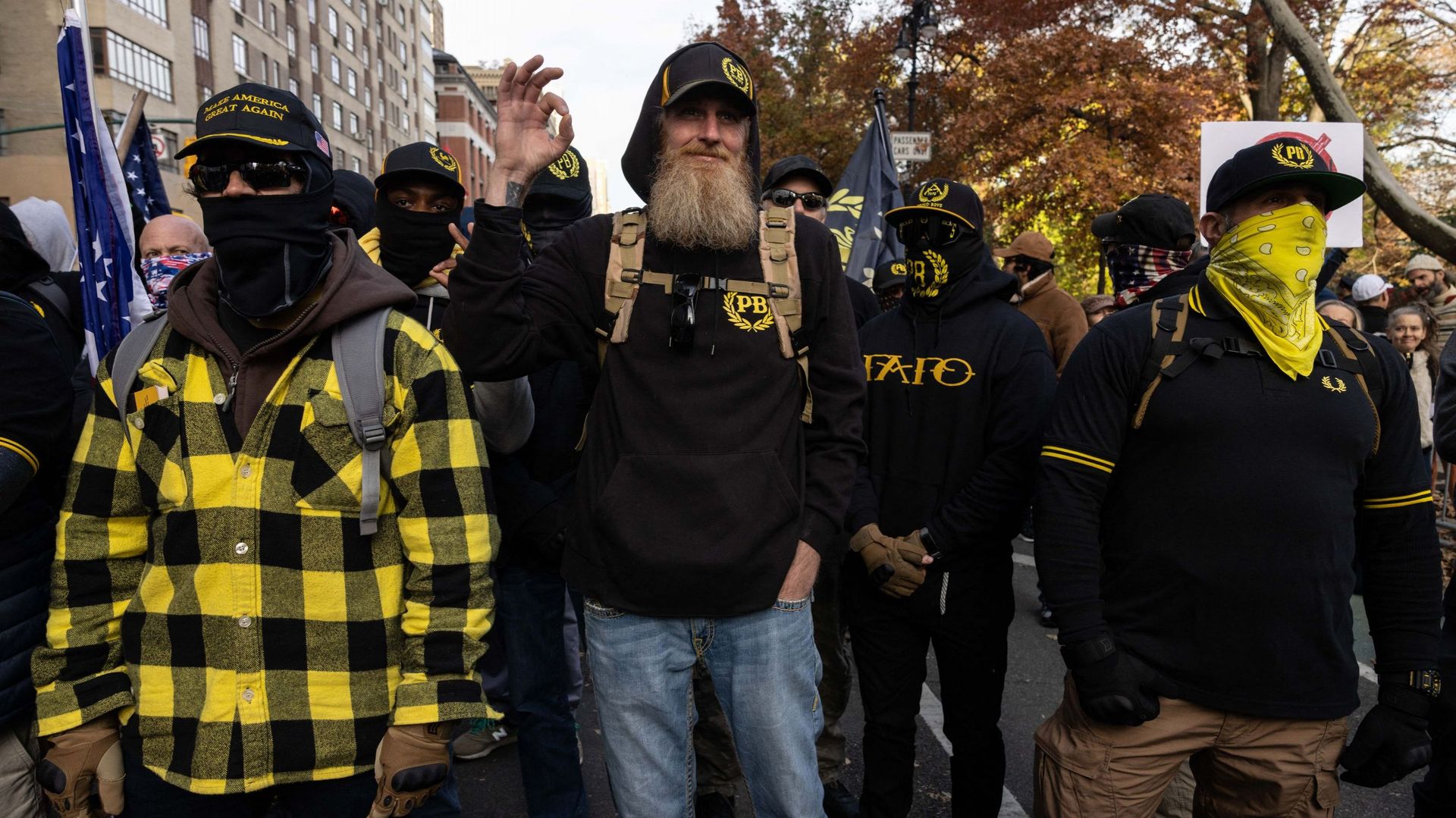After a long festival, passing from Hof to Saarbrücken and Buenos Aires, the graduation film Rogue trader [+lee también:
entrevista: David Preute
ficha de la película] from David Preuto it will then be broadcast on various German TV channels and will then be available in streaming. We talked to the director about his passion for the banking world, how he approached the subject and the conditions of production of the film.
(The article continues below – Commercial information)–
Do you know the actual amount of damage in this case?
These amounts are mostly theoretical. They refer to the monetary loss that depends on the current exchange rate. True loss can be defined in several ways. The really big damage is that the reputation of the banks suffers enormously. Also, the biggest damage is the merchant himself. The media likes to focus on one character and often ignores the fact that there must be bigger forces behind him that made it possible to harm him in the first place. But nobody wants to hear it. Nick Leeson was named “The Boy Who Lost $ 1 Billion” by Time magazine. He always pointed out that it was his fault, but it wasn’t just his fault.
How did you come up with the idea of choosing the cleaner as the narrator?
We wondered how to tell such a story, for which a lot of information is needed. How do you control perspective? This narrator also takes up the theme of the class struggle. Plus, he’s in a role where he’s almost invisible to most, yet he holds the key to everything, he sees a lot.
How did you choose your actors?
Patrick Dewayne has already starred in the series Bad banks, set in the banking world. He was also once an investment banker himself. He was the first actor we lined up. But he also helped us behind the camera as a consultant. If not, the cast is international; the narrator, for example, lives in Hong Kong and we met through Zoom. I found Oleg Aleksandr Tarkov, who plays the head of the department, watching the showreels. We then adapted the role to him and his background. It was important that all the actors spoke good English.
Was it a particular challenge to shoot the film entirely in English?
We considered whether we could perhaps use Frankfurt as a setting instead of London. But we decided not to. London has a greater charm and is more attractive because it is a cosmopolitan city. We shot in English for marketing reasons, but also because it makes sense in terms of content. Many terms in the financial world are in English anyway and I studied in the United States, so I can write well in English.
Did you really shoot in London?
95% of the film was shot in Bavaria, but all the outdoor scenes in which the actors are seen were actually shot in London. We were able to shoot in a real bank, which was less of a nuisance because the whole set was already there. The fact that it was during the pandemic meant that most of the staff were working from home, so one wing of the building was empty and we were able to use it. Some bankers also helped us as advisors. For me it was important to bring as much authenticity as possible.
What was important for the visual concept?
The concept had to reflect that this is a story that repeats itself over and over again. That’s why, for example, the camera had to move as if he knew what was going to happen next. The character walks because the camera moves in a particular direction, not the other way around. We also wanted a smaller color palette, with black, white and blue. Of course, we also had to adapt to the place itself. All the carpets were yellow, so we had to accept it.
In collaboration with
(The article continues below – Commercial information)—


